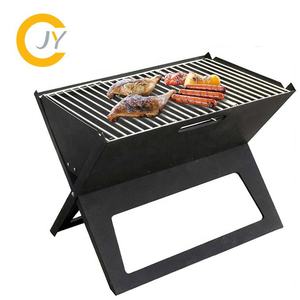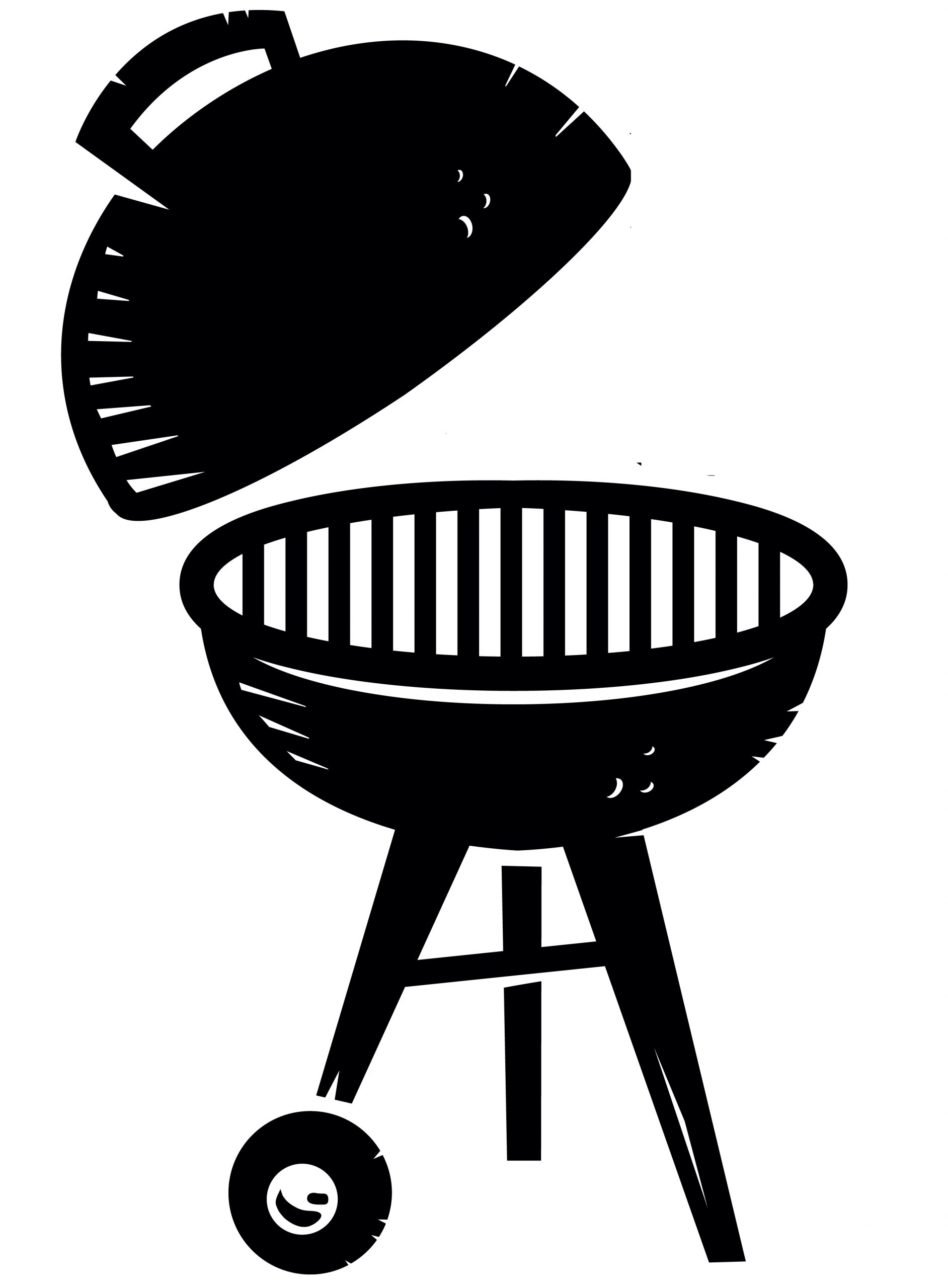In the world of traditional cooking techniques, the gridiron stands out as a time-honored tool essential for outdoor grilling. This versatile device, dating back centuries, has been pivotal in the culinary arts, allowing for food to be grilled directly over an open flame or heat source. This article delves into the gridiron’s rich history, functionality, and various uses, shedding light on why it remains a staple in both kitchens and outdoor cooking setups today.
Origins and Historical Significance of the Gridiron
The gridiron’s history stretches back to ancient times, with early versions appearing as simple metal frames composed of a series of bars designed for cooking food over an open fire. This rudimentary grill-like tool appeared in multiple cultures, from the Roman Empire to medieval Europe. The term "gridiron" originates from its grid-like structure, featuring parallel metal bars arranged in a crisscross pattern.
Originally crafted from wrought iron, these traditional gridirons were durable and resistant to heat, ideal for outdoor fire pits where meats, fish, and vegetables were placed directly on the bars for even cooking. Over time, this cooking technique evolved but kept its core principles intact. Today, gridirons are available in numerous forms, from portable camping grills to large outdoor setups for professional cooking.
How the Gridiron Functions
A gridiron operates on the straightforward principle of direct heat cooking. Food placed on a grid of metal bars is exposed to direct heat from a flame or charcoal. The gaps between the bars allow heat to circulate, cooking the food evenly on all sides. Additionally, the hot metal bars sear the food, creating those signature grill marks that not only enhance the presentation but also lock in flavor through a process called the Maillard reaction.
Typically, gridirons feature metal bars made from cast iron, stainless steel, or aluminum. Each material impacts heat retention and, in turn, the flavor of the food. For instance, cast iron gridirons hold consistent heat, ideal for slow-cooking thick cuts of meat. Stainless steel models, meanwhile, are lightweight, rust-resistant, and easy to clean, making them perfect for frequent grilling.

Types of Gridirons and Their Optimal Uses
Gridirons come in several types, each catering to different grilling needs. Here’s a look at some popular types and their best applications:
Classic Cast Iron Gridiron Cast iron gridirons are the quintessential choice for open-flame cooking due to their durability and excellent heat retention. These are ideal for high-temperature cooking, particularly with items like steaks, burgers, and fish. When properly seasoned, cast iron creates a natural non-stick surface that enhances flavors, making it a favorite among camping and outdoor grilling enthusiasts.
Stainless Steel Gridiron Lightweight and resistant to rust, stainless steel gridirons are practical for daily use, particularly in outdoor kitchens or portable grills. Their smooth surface makes cleaning a breeze, a benefit when cooking outdoors. Stainless steel gridirons excel at cooking vegetables, poultry, or delicate fish that require less intense searing.
Adjustable Gridirons Adjustable gridirons allow users to modify the height between the food and the heat source. This feature is particularly useful when grilling various food types simultaneously, as it provides control over the cooking intensity. Adjustable gridirons are frequently used in professional or competitive grilling settings, where precise cooking is crucial.
Portable Gridirons Designed for convenience, portable gridirons are compact and often made from lightweight materials like aluminum or stainless steel. They are easily foldable for transportation, making them ideal for campers, hikers, and outdoor enthusiasts. Despite their smaller size, portable gridirons can still reach the high temperatures required for grilling, offering a practical solution for cooking on the go.

Advantages of Gridiron Cooking
Using a gridiron brings several unique benefits, especially in terms of flavor, texture, and versatility.
Improved Flavor Gridirons impart a distinct flavor by searing food against hot metal bars. The Maillard reaction creates grill marks that add texture and lock in moisture, producing complex flavors. Additionally, the open-flame aspect of gridiron cooking introduces a smoky, charred taste difficult to replicate through other methods.
Uniform Cooking The design of a gridiron ensures even cooking. Heat flows through the spaces between the bars, allowing food to receive consistent heat and preventing overcooking or burning. This is especially useful for thick cuts of meat, where uniform cooking is essential to achieve a crispy exterior and juicy interior.
Versatility in Cooking Although often associated with grilling meat, gridirons are versatile enough to cook various foods, from vegetables and seafood to even fruits. Adjustable heat or height settings enable precision cooking, making gridirons ideal for both slow-cooking and quick searing.
Longevity and Durability Gridirons made from cast iron or stainless steel are built to withstand years of use. With proper maintenance, a quality gridiron can last for decades, making it a valuable investment for any serious cook. Regular cleaning and seasoning can help prevent rust, ensuring that the gridiron stays in top condition for years of reliable use.
Caring for Your Gridiron
To maintain the longevity and performance of your gridiron, proper care is essential. Here are a few maintenance tips:
- Seasoning: Seasoning is vital for cast iron gridirons. After cleaning, apply a thin layer of vegetable oil to the metal bars and heat the gridiron, allowing the oil to bond with the surface. This process creates a natural non-stick layer that improves over time.
- Cleaning: Clean your gridiron after each use. For stainless steel gridirons, a wire brush can help remove food particles. Avoid harsh chemicals or steel wool, as they may damage the surface.
- Storage: Store your gridiron in a dry area to prevent rust. For cast iron gridirons, consider applying a light coat of oil before storage to protect the metal.

Conclusion
The gridiron remains an indispensable tool for those who appreciate the art of open-flame cooking. Whether you’re a professional chef or an enthusiastic griller, investing in a quality gridiron enhances your cooking, offering versatility, durability, and the opportunity to create delicious, flame-seared dishes. With roots that run deep in history and a design that has adapted to modern grilling needs, the gridiron is a timeless and essential asset for achieving the perfect grilled flavor every time.
